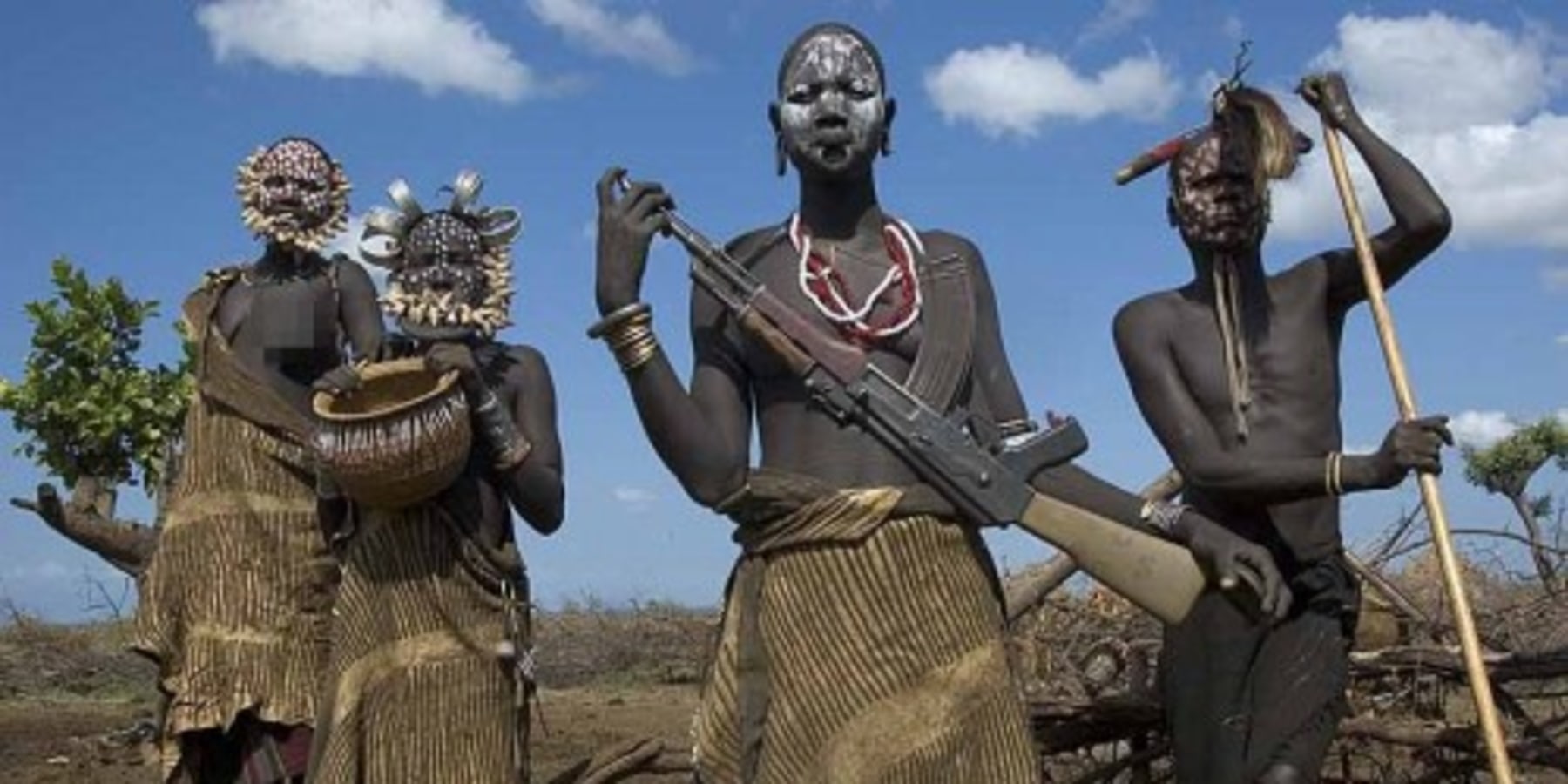
THE PEOPLE OF LOWER OMO VALLEY
The lower valley of the Omo unlike any other place on Earth has the largest diversity of ethnically different groups in the whole of Ethiopia and possibly in Africa. In an area of less than 15,000 square kilometers more than ten different languages are spoken (excluding dialects ) .Experts believe that for thousands of years it was a crossroads of a wide assortment of cultures where early humans of many different ethnicities passed as they migrated from and to lands in every direction. To this day, the cultures and people of the Lower Valley of the Omo are focus of study for their incredible diversity.
The entire Omo region is inhabited by ethno-cultural groups pertaining to two important linguistic lines: Nilo-Saharan and Afro-Asiatic. The Nilo-Saharan linguistic line includes Nyangatom, Mursi, and Surma while The Afro-Asiatic line is comprised of Karo, Banna, Bashada, Hamar, and Dizi who are Omotic and Dassanech, Arbore, Tsamay who are Eastern Cushitic.
Omo valley people are structured by the Age-system. This is a system exclusively associated with men, who must pass through several stages from birth to adulthood. The rites and ceremonies determine the progress each male makes with in his group. Child, Youth and Adult are the three main stages of life. Each of these stages brings with it a series of social obligations towards the family and the group, as well as certain advantages or rights.
The fact that the majority of the peoples are herdsmen is a typical characteristic of the Lower Omo region. Livestock not only has economic value, but also social value. It is strongly connected to a network of social relationships that comprises their culture. It is the source of food, clothing, an expression of wealth and Prestige, and also play great roles in an individual’s stages of life like initiation, weddings, etc
Although, the nomadic ways of life of the region do not allow the development of advanced material culture, it is largely compensated by the exceptional ornamental and symbolic wealth of their decorated bodies. A wide and varied aesthetic culture is reflected on their bodies as an expression of beauty and as a demonstration of messages and signals expressed through scarification, paintings, Lip plate, ornamentation, and hairstyles.

